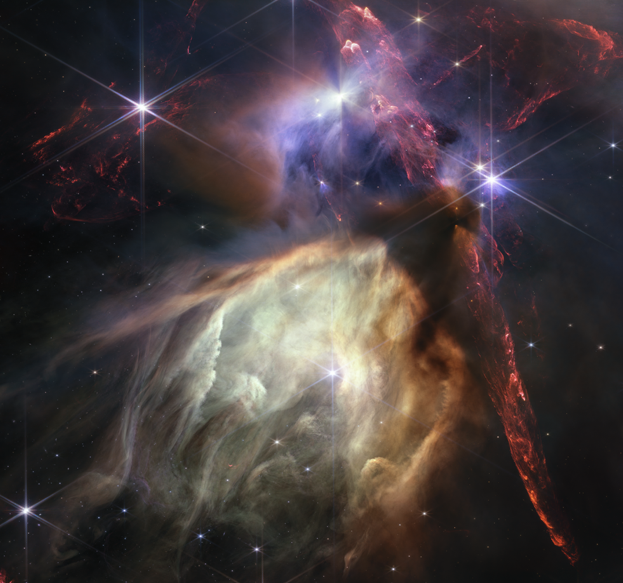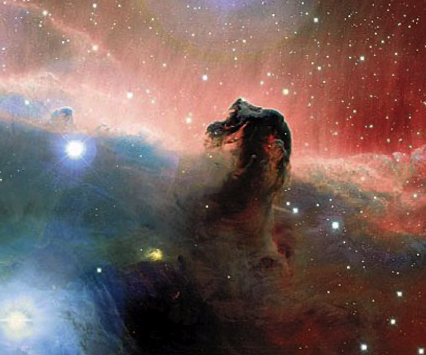
Science is Cool!!
Want to see one of the places where stars are born?
I love all things astronomical, and one of my bucket-list items is to visit one of those very rare spots on Earth where light does not block the true vision of the stars. I also love photography, so when you get to mix the two, well, I get positively giddy! So, let me share with you one of my latest photographs of space, just released today (see below).

What is this? Well, it is a picture the James Webb Space Telescope took of the nearest star-forming region to us. The region, which is called Rho Ophiuchi cloud complex, is about 390 light-years from here, which makes it the closest star nursery known to us Earthlings so far.
According to NASA, the above image shows a “region containing approximately 50 young stars, all of them similar in mass to the Sun, or smaller. The darkest areas are the densest, where thick dust cocoons still-forming protostars. Huge bipolar jets of molecular hydrogen, represented in red, dominate the image, appearing horizontally across the upper third and vertically on the right. These occur when a star first bursts through its natal envelope of cosmic dust, shooting out a pair of opposing jets into space like a newborn first stretching her arms out into the world. In contrast, the star S1 has carved out a glowing cave of dust in the lower half of the image. It is the only star in the image significantly more massive than the Sun.”
This is an amazing image! It may just out-do my long-time out-in-space favorite: the Horsehead Nebula (see below).

The picture of the star nursery in action started me thinking of a favorite topic of mine: Pareidolia. It may take you a minute to see what I see, but take a long look at the star nursery photograph and focus on the right-hand side. I see a large, horned, winged being with two twinkling eyes wearing red cape. It is holding on tight to a large ball of cloud-like material spewing out of its mouth. You can almost see the chest of the being through the cloud matter. See that? Good, once you do you will never un-see it.
Now, look at the lower left hand side of the cloud of matter. Do you see the side profile of a man holding up his hands in a prayerful or beseeching way? I do!
We Are Stardust! I knew it!
Watch Neil Degrasse Tyson explain it via YouTube.
He is not the first to say it, either.
Our Sun is a second- or third-generation star. All of the rocky and metallic material we stand on, the iron in our blood, the calcium in our teeth, the carbon in our genes were produced billions of years ago in the interior of a red giant star. We are made of star-stuff. — Carl Sagan
We are stardust
We are golden–Joni Mitchell
Science is cool!!